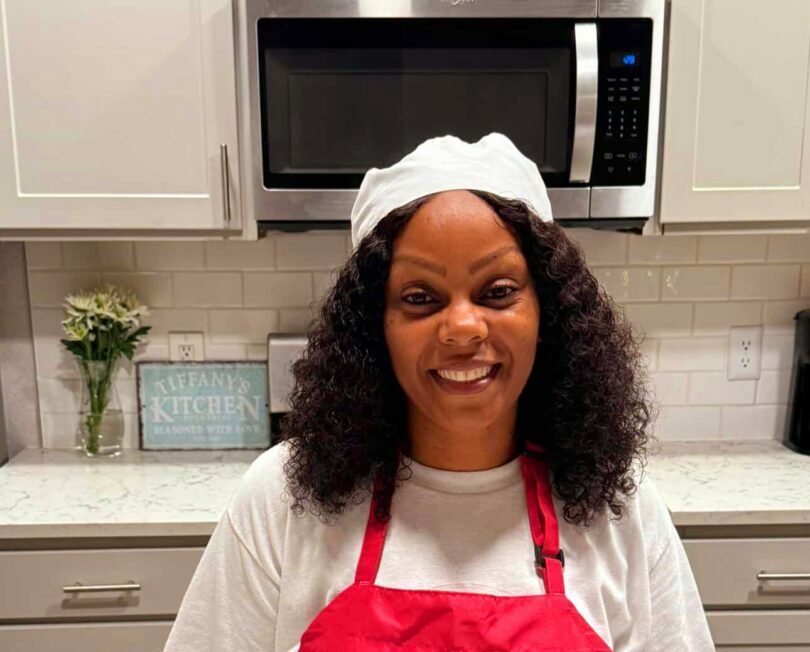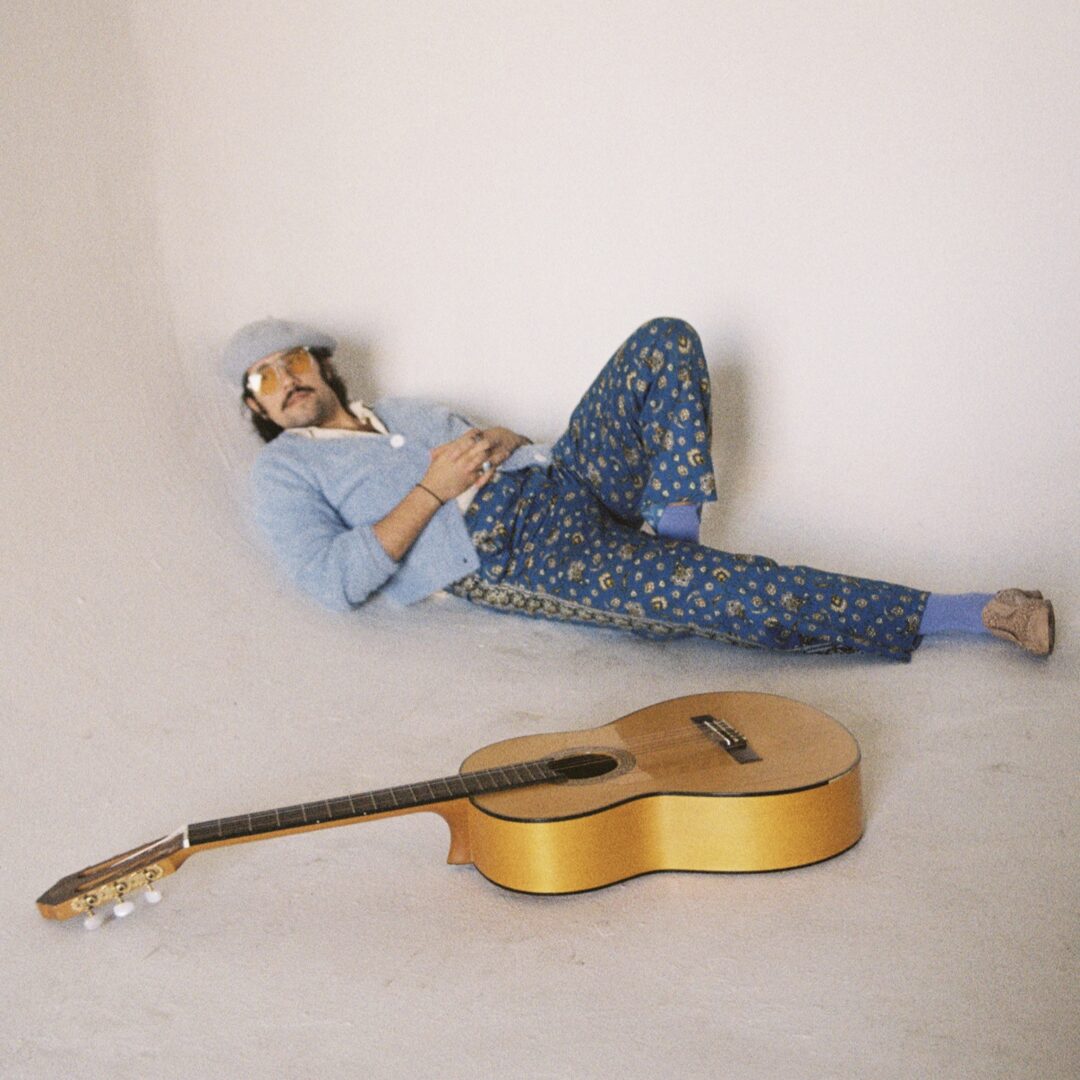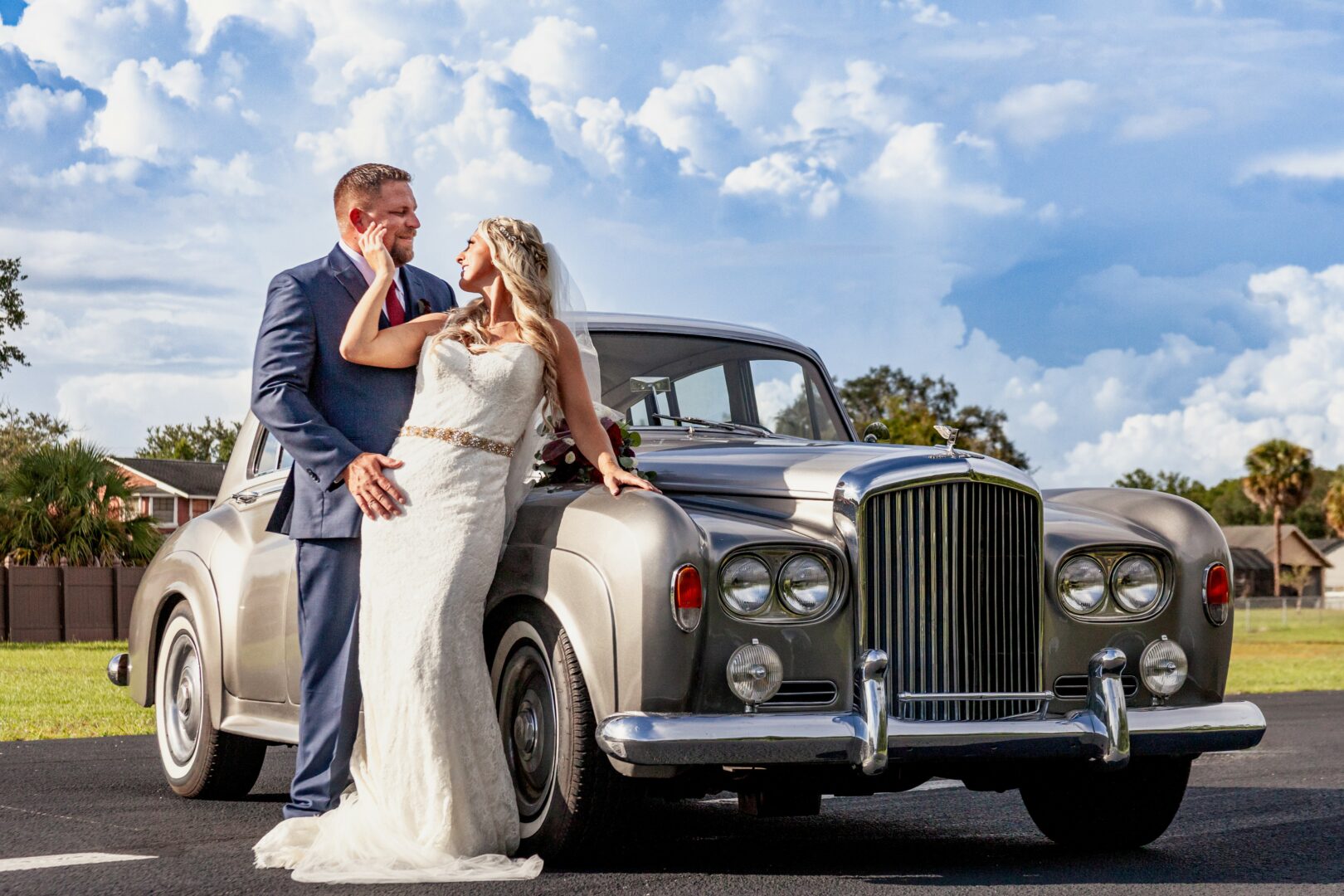We caught up with the brilliant and insightful Suzsea B a few weeks ago and have shared our conversation below.
Hi Suzsea, thanks for sharing your insights with our community today. Part of your success, no doubt, is due to your work ethic and so we’d love if you could open up about where you got your work ethic from?
My work ethic is rooted in my desire to create thoughtful and impactful design solutions across various mediums. Growing up, I was involved in various extracurricular activities—sports, youth groups, art classes, and jobs—that instilled a strong sense of discipline. The routine and structure from my childhood helped me understand the value of time management, focus, and learning through trial and error. I’ve carried these lessons into my career, constantly refining my work habits to ensure I produce my best work.
At fifteen, my passion for design was sparked during a family home reorganization. My mother and aunt—both creative influences in my life—recognized my eye for design. They encouraged me to explore this interest, leading me to contact a local interior designer. At just sixteen, I was offered an interior design assistant job. That early experience taught me the importance of creative expression and gave me the foundation to build my identity as a designer.
My time at the School of Visual Arts further refined my work ethic and solidified my creative practice. College was full of all-nighters, learning curves, and challenges, but I embraced them all with gratitude. The process taught me to lead with purpose and set clear goals. These experiences reiterated the importance of work practices and boundaries to prepare myself to deliver strong results creatively.
A key part of my growth has been asking myself deep questions and reflecting on both positive and negative outcomes. Receiving feedback is essential for my process, allowing me to remain agile and open-minded. I’ve learned to assess feedback objectively, incorporate it where necessary, and move forward with clarity and intention. This iterative process helps me continuously refine my work.
Mentorship has also played a pivotal role in shaping my work ethic. Connecting with older and younger generations helps me feel I am contributing to the bigger picture. I have been fortunate to meet inspiring and accomplished individuals, integrate their wisdom into my practice, and pass it on to those newly entering the arts. These relationships have pushed me to think critically about my practice and the energy I want to bring to the world. I have also experienced the joy of being a mentor. As a teen arts mentor with Free Arts NYC, I experienced the joy of helping the youth build confidence, pushing my creativity in new directions.
Ultimately, my work ethic is driven by a deep sense of gratitude, experimentation, and the desire to positively impact others. I aim to leave people with a lasting sense of inspiration and curiosity, constantly adjusting my practice to refine what works and what doesn’t.
![]()
Appreciate the insights and wisdom. Before we dig deeper and ask you about the skills that matter and more, maybe you can tell our readers about yourself?
I am a multidisciplinary artist born and raised in East Bay, CA, and based in New York, NY, my creative practice is a vibrant exploration of digital and analog mediums. My work spans various forms, including graphic design, creative direction, website design, works on paper, and video art, each reflecting a unique facet of my artistic vision.
My artistic process is characterized by a dynamic interplay between meticulous craft and experimental playing. My work often embraces a dreamlike quality, employing evocative undertones to transport viewers into otherworldly realms. Whether through the tactile nature of works on paper or the immersive experiences of video art, I strive to create pieces that invite contemplation and connection.
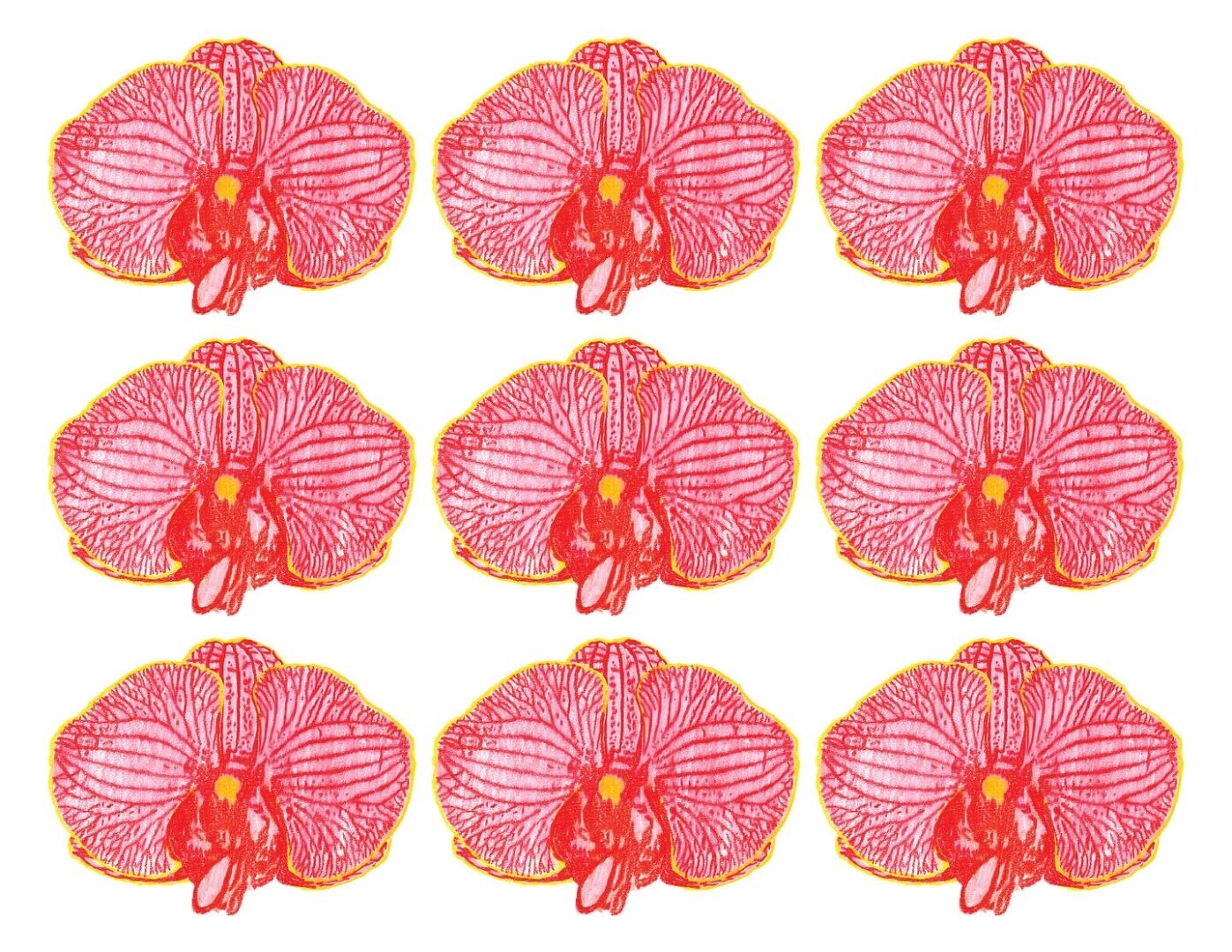
If you had to pick three qualities that are most important to develop, which three would you say matter most?
Discipline:
Structure and routines helped me take advantage of each moment and stay on top of my goals. Setting small, achievable goals and follow a routine that works for you. Over time, discipline becomes second nature, making it easier to handle more significant challenges gracefully.
Self-reflection:
Being intentional and asking myself questions about my self-development has allowed me to grow. Reflecting on what worked well and what didn’t in my personal and professional experiences has helped me stay agile and make informed adjustments to my approach. Make space for self-reflection through journaling, meditation, or just thinking critically about process and progress. Tracking my growth by noting what practices lead to success and which don’t will allow me to make better decisions and revise my path.
Openness to feedback:
Receiving and integrating feedback is a powerful way to improve, and it’s been essential in my journey. Learning to review feedback objectively—whether from mentors, peers, or clients—has helped me maintain an agile perspective and grow as a designer and artist. I seek out mentors and people whose opinions I trust and am open to adjusting my approaches when needed.
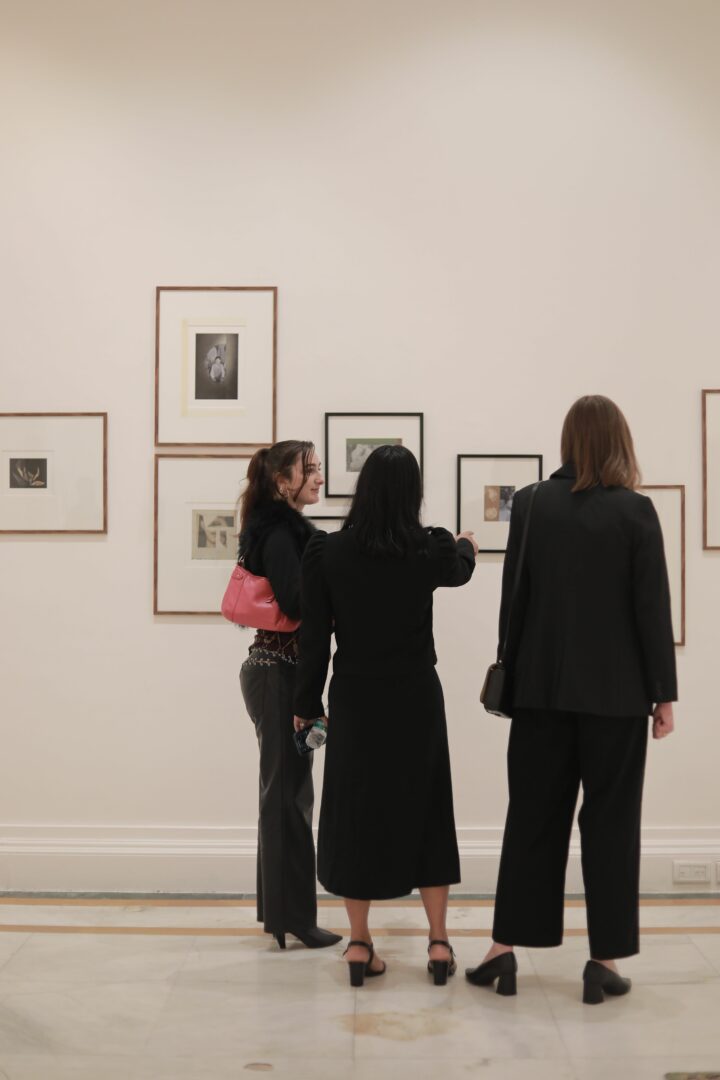
How would you describe your ideal client?
Shared Values and Vision:
Ideally, I work with clients whose values align with mine—whether it’s a commitment to community, experimentation, or innovation. This alignment makes the work feel more purposeful, as we’re creating something that resonates on a deeper level. Collaborating with clients who are passionate about their projects is also motivating, as their energy often fuels my creativity.
Collaboration and Open Communication:
I thrive working with clients who see the process as a partnership where we’re both actively refining the vision. Open communication is key—clients who are clear about their goals, provide thoughtful feedback, and are receptive to discussions create the best outcomes. It’s essential that we can brainstorm together and problem-solve with mutual respect.
Clarity in Vision and Flexibility:
Clients who come with a clear sense of what they want to achieve yet are open to creative interpretation make the process smoother. While clarity is important, flexibility is equally crucial. The best clients are willing to trust my creative expertise and are open to exploring new ideas they might not have initially considered. This allows the design to evolve organically into something unique.
Respect for the Creative Process:
Creative work takes time, iteration, and thoughtful exploration. Clients who respect the time and effort it takes to bring ideas to life—and are patient throughout the process—help create the best results. Understanding that there’s a flow to creativity, with ups and downs, can make the experience enjoyable for both sides.
When clients embody these characteristics, the work becomes not only easier but also more fulfilling, leading to thoughtful, innovative results that reflect our strengths.
Contact Info:
- Website: https://suzsea.com/
- Instagram: https://www.instagram.com/suzsea____/
- Linkedin: https://www.linkedin.com/in/susiebush/
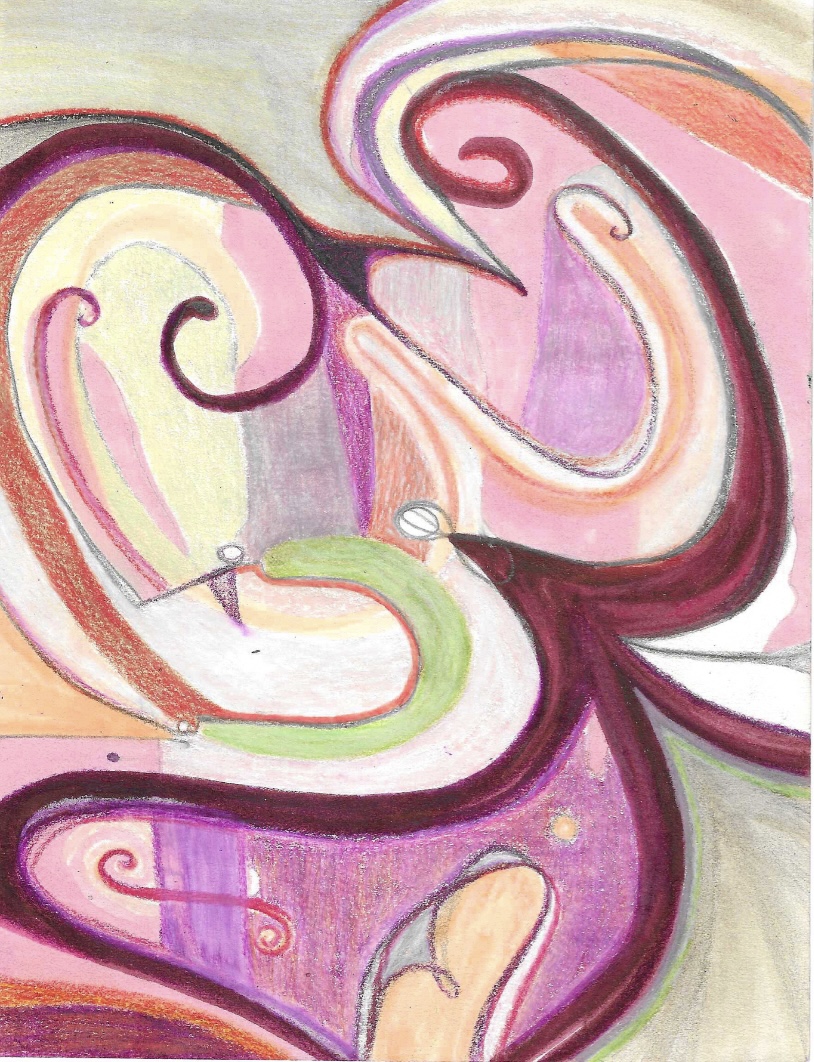
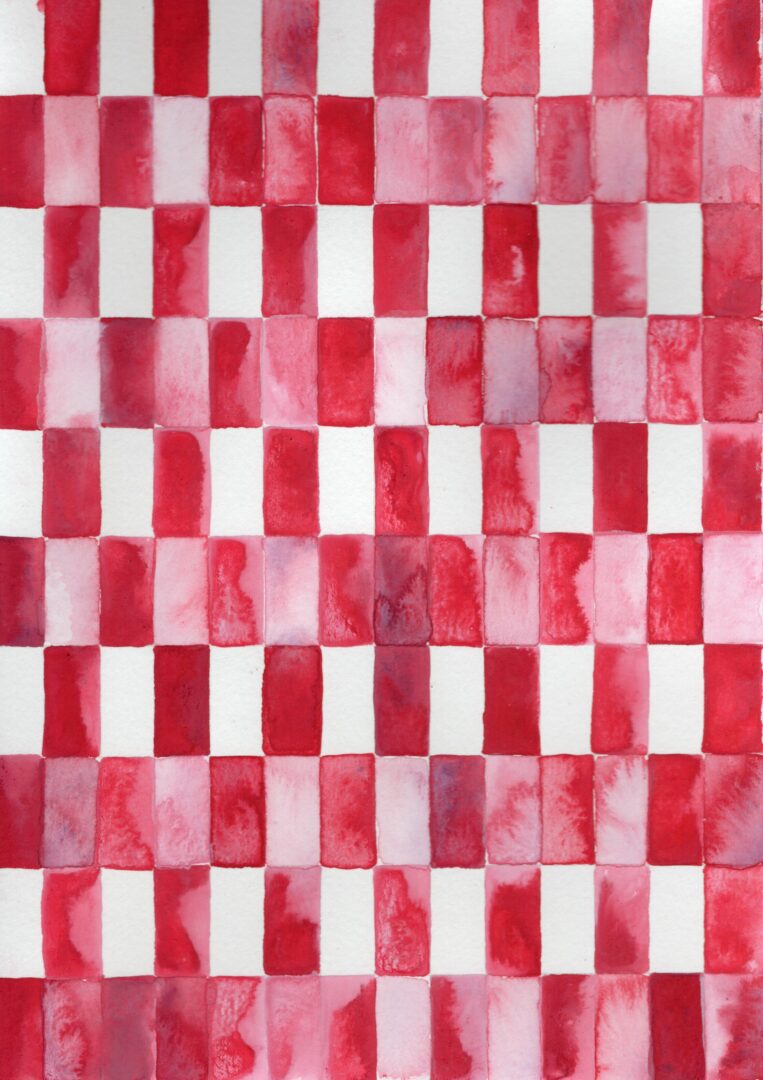
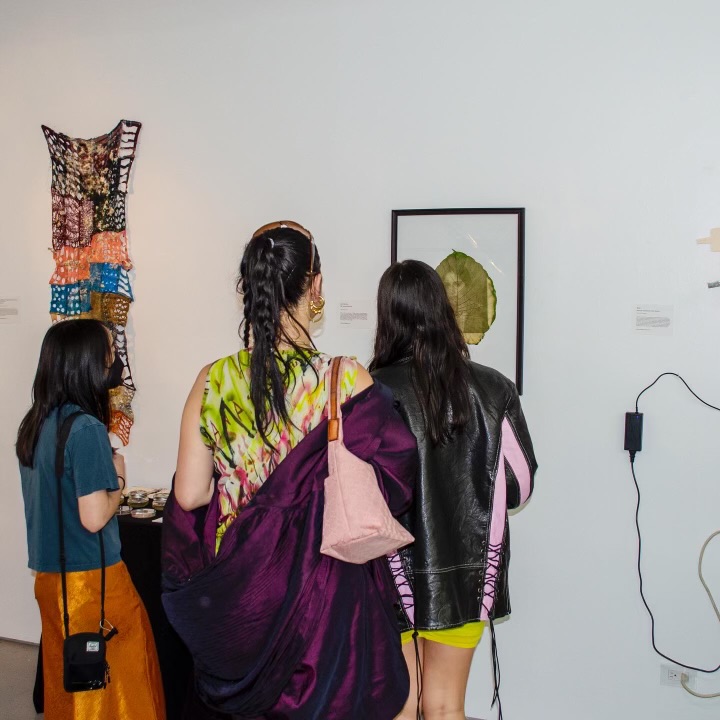
so if you or someone you know deserves recognition please let us know here.


